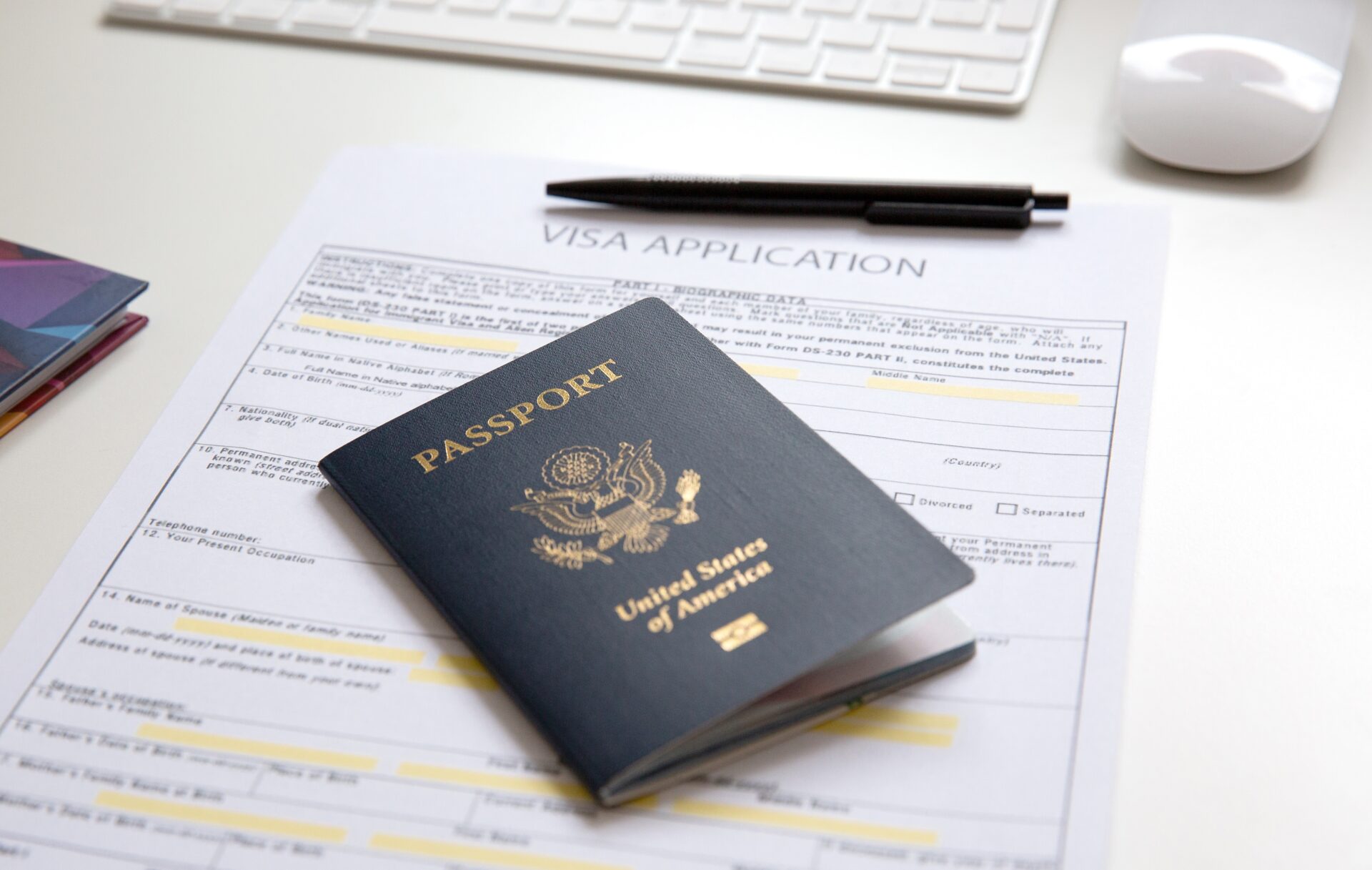One of the most important tasks for any upcoming trip abroad is ensuring you have the proper documentation. With various types of visas available, all with different application processes and guidelines, figuring out which one you need can be stressful. Luckily, Silvestri Travel is here to help you through that process!
In this blog, we’ll break down the different types of visas to help you better understand which is right for you.
What is a Visa?
A visa is an official document issued by a country’s government that grants permission to enter, stay, or leave that country under specific conditions. The right visa ensures that your trip goes smoothly, avoiding unexpected delays or denials at borders.
1. Tourist/Visitor Visa
One of the most common visa types, tourist visas are granted to travelers who plan to visit a country for leisure, sightseeing, or recreational purposes. These visas typically have a short duration (ranging from 30 to 90 days), and the conditions are often quite straightforward.
Key Points:
- Usually non-extendable unless explicitly mentioned.
- Limited to travel and leisure activities (work and business are prohibited).
- Valid for a specific number of entries (single, double, or multiple entries).
2. Transit Visa
Transit visas are typically short-term visas granted to travelers passing through a country on their way to a third destination. They allow individuals to stay in the country for a limited period (often 24 to 72 hours) while they wait for connecting flights or transportation.
Key Points:
- Often required when there is a layover or stop in a country.
- Usually valid for a very short period.
- May not allow travel outside the airport or transit area.
3. Tourist Visa on Arrival (VOA)
Some countries offer a Visa on Arrival (VOA) to tourists. This means you can obtain one once you land in the destination country, provided you meet the necessary criteria (e.g., proof of onward travel, sufficient funds, etc.).
Key Points:
- Visa obtained at the destination airport or border.
- Available for citizens of specific countries.
- Usually granted for a short stay (up to 30 days).
4. e-Visa
Many countries now offer a digital version of a traditional visa that allows travelers to enter a foreign country for a specific purpose, such as tourism, business, or transit. The main difference between an e-Visa and a regular visa is that the application process is done entirely online, without the need for a physical visa stamp in your passport. Once approved, the e-Visa is typically sent to your email, and you can either print it out or store it on your phone to present upon arrival.
Key Points:
- One of the biggest advantages of an e-Visa is the convenience. You can apply for your visa from the comfort of your home or office without having to visit a consulate or embassy. This makes the application process faster and easier, especially for busy travelers.
- e-Visas are often processed more quickly than traditional paper visas. In many cases, you can receive your visa approval within a few days, or even within a few hours, depending on the country’s processing times.
- Applying for an e-Visa is usually cheaper than applying for a traditional visa. There are no travel expenses involved in visiting an embassy, and the application fees are typically lower.
Final Thoughts
Navigating visa applications can be a complicated process but that’s where Silvestri Travel comes in! We’ll work with you to ensure that your travel plans are smooth and stress-free.
If you need help planning your next getaway or have questions about the Visa application process, call Silvestri Travel at 941.966.6535 to get started!




